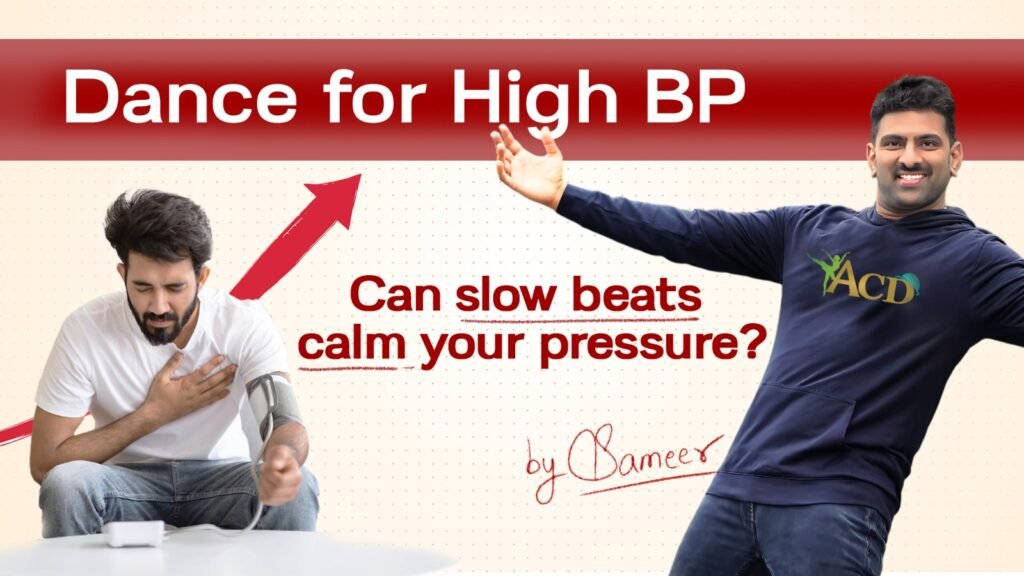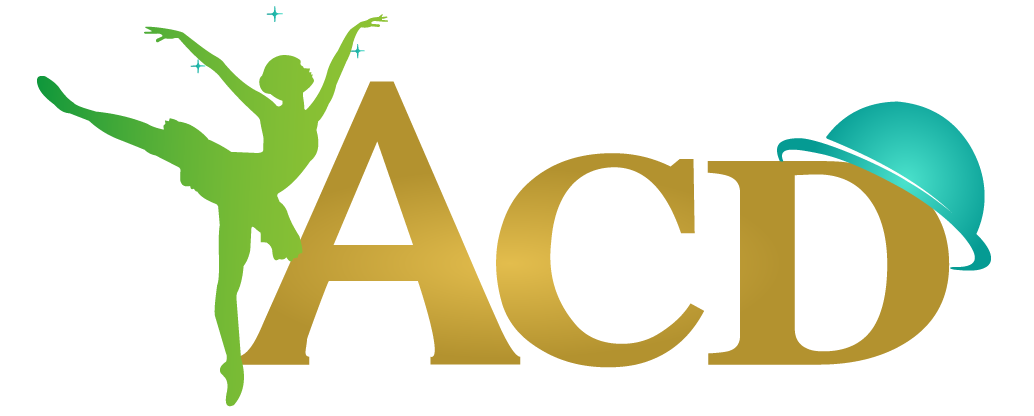
High blood pressure, or hypertension, is often called the “silent killer” because it quietly damages the heart, blood vessels, and organs over time. But the good news? It’s also one of the most preventable and manageable conditions—especially when you combine lifestyle changes with joyful movement. And what better way to move than through dance?
As a dance coach, I’ve seen firsthand how gentle, rhythmic, and consistent movement can help regulate blood pressure, reduce stress, and improve heart health. This isn’t about intense choreography or fancy routines. It’s about making dance part of your daily rhythm in a way that your heart loves.
In this blog, I’ll walk you through a powerful and practical 3-step framework to help you lower and manage your blood pressure through dance. Whether you’re just starting or returning to movement after a long time, this guide is your invitation to dance your way to better health—safely and joyfully.
Why Dancing Helps Lower Blood Pressure
When you dance, your body does more than move—it heals. Here’s why dance is a powerful tool for managing high blood pressure:
– It acts as a cardio workout that strengthens the heart.
– It reduces stress and calms the nervous system.
– It supports weight loss, which lowers blood pressure naturally.
– It enhances circulation and helps the arteries remain flexible.
– It boosts mood, promoting healthy hormone balance.
Research shows that regular aerobic activity like dance can lower systolic blood pressure by 5 to 10 mm Hg—comparable to some medications, but without side effects.
The 3-Step Framework: CALM – CIRCULATE – COMMIT
Step 1: CALM – Start with Soothing Rhythms
When dealing with high blood pressure, we must first calm the body and mind. The goal isn’t to spike the heart rate too quickly but to ease into movement with intention.
Start every session with a 5-10 minute calm dance warm-up:
- Gentle Side-to-Side Sways
- Slow Shoulder Rolls with Deep Breathing
- Flowing Arm Movements (like painting the air)
- Gentle Neck Rolls and Chest Expansions
Music Tip: Choose instrumental or soft acoustic music (60–80 BPM). Let the music slow your breathing and bring your awareness into your body.
This phase reduces cortisol and signals the nervous system to shift from “fight or flight” into “rest and restore.”
Step 2: CIRCULATE – Increase Blood Flow Safely
Once your body feels relaxed, it’s time to boost circulation. The key here is moderate, continuous movement—not high-impact or fast-paced dancing.
💃Best Dance Styles for Blood Pressure:
- Slow Bollywood basics
- Lyrical or freestyle expressive movement
- Latin-inspired footwork (slow salsa or bachata)
- Tai Chi-inspired dance flow
🕺Movement Pattern:
- March in place with rhythm (2 mins)
- Side steps with light arm lifts (3 mins)
- Hip circles with shoulder waves (2 mins)
- Diagonal steps with reaching arms (3 mins)
- Freestyle flow (5–10 mins)
Total dancing time = 20–30 minutes, 4–6 days/week.
Aim to maintain a slightly breathless but talk-able pace.
💧 Don’t forget to hydrate after and in between sessions.
Step 3: COMMIT – Make Dance a Heart-Healthy Habit
Long-term blood pressure benefits come with consistency. When dance becomes part of your lifestyle, your body learns to regulate itself more effectively—even on stressful days.
Here’s how to build consistency
- Create a daily dance ritual—same time, same place.
- Track your progress—note your energy, mood, and BP readings.
- Dance with a partner or group for accountability.
- Use “dance breaks” throughout the day to reduce stress.
- Celebrate small wins—consistency is the real success.
🧘 Combine with heart-supportive habits:
- Eat potassium-rich foods (bananas, sweet potatoes)
- Sleep 7–8 hours
- Reduce sodium
- Practice breathwork or laughter therapy
💡 Pro Tip: Keep a “Heart Journal” where you record your movement, meals, and mood each day.
Let Your Heart Lead the Way
You don’t need to fear your blood pressure numbers. You just need to learn how to dance with them—gently, wisely, and joyfully.
With the CALM – CIRCULATE – COMMIT framework, you’re giving your body the gift of balance, rhythm, and release. You’re teaching your heart to trust movement instead of fearing pressure.
So start where you are. Move how you feel. Let the music lead you back to yourself—one beat at a time.
Your best medicine may just be your next dance.
